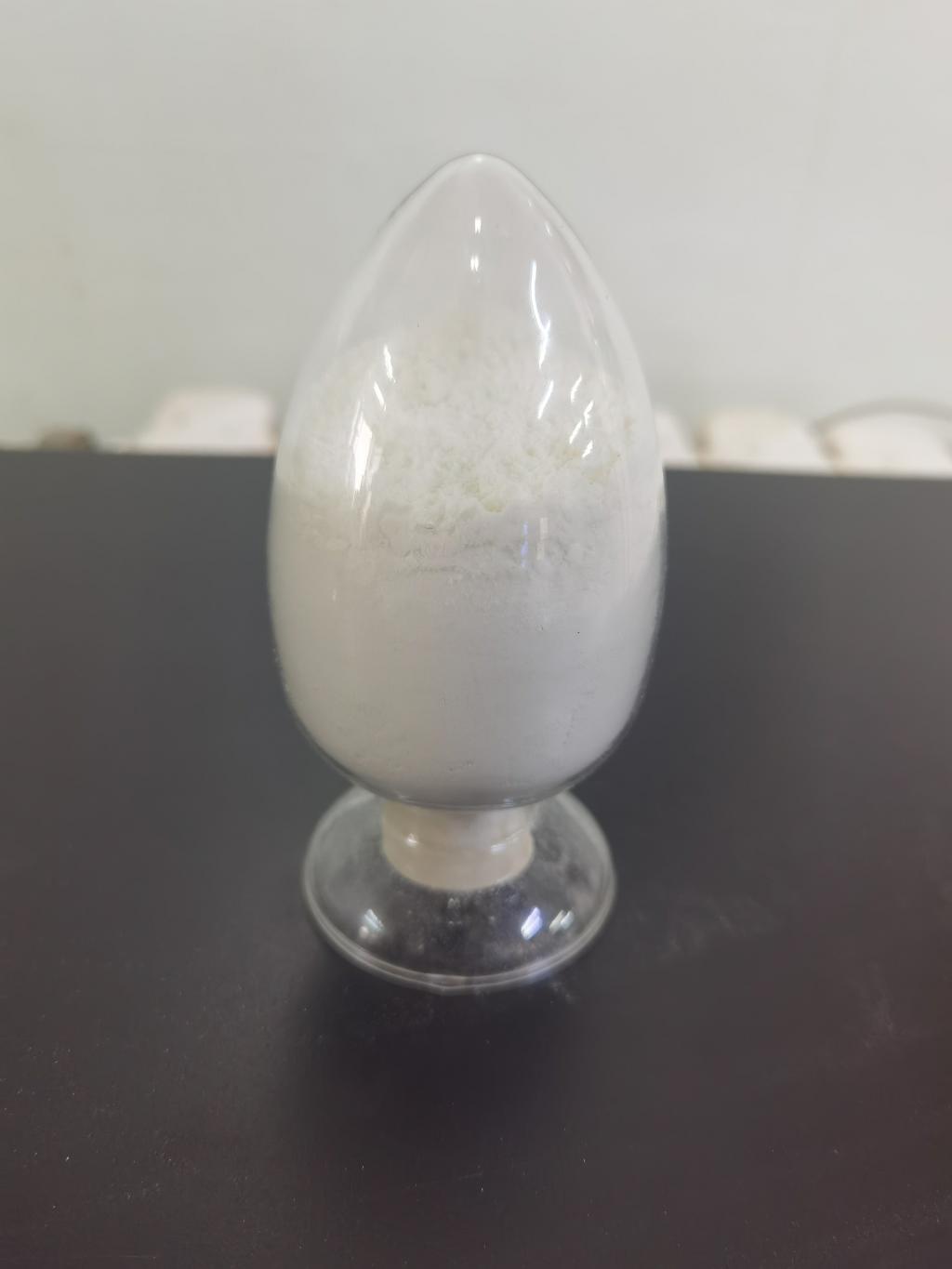Tel:+8618231198596

News
 CONTACT
CONTACT
 CONTACT
CONTACT
- Linkman:Linda Yao
- Tel: +8618231198596
- Email:linda.yao@dcpharma.cn
- Linkman:CHARLES.WANG
- Department:Overseas
- Tel: 0086 0311-85537378 0086 0311-85539701
News
Current Position:
Home >
News
>What is the current market demand and availability of ε-Polylysine hydrochloride?
What is the current market demand and availability of ε-Polylysine hydrochloride?
TIME:2023-06-20
Introduction
ε-Polylysine hydrochloride is a cationic polymer with potent antimicrobial properties. Its ability to inhibit the growth of spoilage and pathogenic microorganisms makes it an attractive natural preservative for the food industry. The market demand for ε-polylysine hydrochloride has been steadily increasing as consumer preferences shift towards clean label products and the demand for food safety and extended shelf life rises.
Market Drivers
Several factors are driving the market demand for ε-polylysine hydrochloride. Firstly, the increasing consumer awareness and demand for natural preservatives drive the adoption of ε-polylysine hydrochloride as an alternative to synthetic preservatives. Secondly, the need for effective microbial control and extended shelf life in a wide range of food products, including dairy, meat, beverages, and bakery items, is boosting the demand for ε-polylysine hydrochloride.
Applications in the Food Industry
ε-Polylysine hydrochloride finds applications across various sectors of the food industry. It is used in meat and poultry products to prevent spoilage caused by bacteria and fungi. In dairy products, ε-polylysine hydrochloride inhibits the growth of spoilage organisms and extends the shelf life. It is also utilized in beverages, bakery products, sauces, dressings, and other processed foods where microbial stability is essential.
Global Market Trends
The market for ε-polylysine hydrochloride is experiencing significant growth globally. North America and Europe hold substantial market shares due to the high demand for natural and clean label products. The Asia-Pacific region is also witnessing significant growth, driven by the rising population, increasing disposable income, and changing consumer preferences for safe and high-quality food products. Developing regions such as Latin America and the Middle East are gradually recognizing the potential of ε-polylysine hydrochloride and witnessing increasing market demand.
Supplier Landscape
The availability of ε-polylysine hydrochloride is primarily dependent on the supplier landscape. Several established suppliers offer ε-polylysine hydrochloride as an ingredient for the food industry. These suppliers ensure the quality and purity of their products through stringent manufacturing processes and adherence to regulatory standards. It is important for food manufacturers to partner with reliable suppliers that provide consistent and high-quality ε-polylysine hydrochloride to meet their production requirements.
Market Challenges
Despite the growing demand, there are a few challenges in the market for ε-polylysine hydrochloride. One challenge is the availability of raw materials for its production. As ε-polylysine hydrochloride is derived from microbial fermentation, securing a stable and sustainable supply of raw materials can be a concern. Additionally, regulatory complexities and variations across different regions and countries can pose challenges for market entry and global expansion.
Future Outlook
The market demand for ε-polylysine hydrochloride is projected to continue its upward trajectory. Increasing consumer awareness, stricter regulations on synthetic preservatives, and the demand for natural and clean label products will drive the market growth. To meet the growing demand, ongoing research and development efforts are focused on optimizing production processes, exploring sustainable raw material sources, and expanding the applications of ε-polylysine hydrochloride in new food categories.
Conclusion
The market demand for ε-polylysine hydrochloride as a natural preservative in the food industry is steadily increasing. Its antimicrobial properties and applications in various food products make it a sought-after ingredient. Understanding the market drivers, availability from suppliers, global trends, and future outlook is crucial for food manufacturers and stakeholders aiming to incorporate ε-polylysine hydrochloride into their product formulations, meet consumer demands, and ensure food safety and extended shelf life.
- Tel:+8618231198596
- Whatsapp:18231198596
- Chat With Skype







